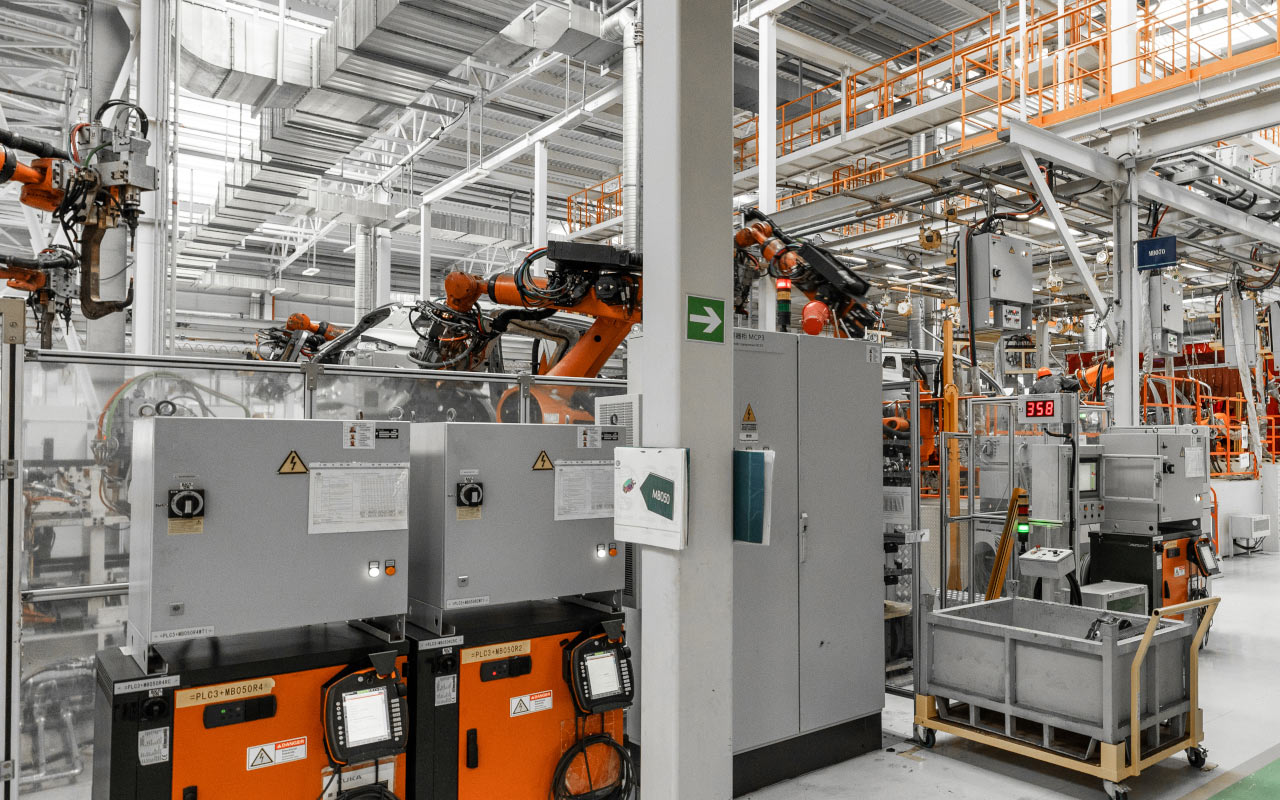 Production lines are the heart of any manufacturing activity, as they enable the automation and optimization of processes, leading to increased productivity and efficiency. The assembly and installation of these lines are critical steps in industrial plants, regardless of whether it involves the automotive industry, electronics, food industry, or other sectors. This process requires precise planning, professional execution, and coordinated collaboration among different teams.
Production lines are the heart of any manufacturing activity, as they enable the automation and optimization of processes, leading to increased productivity and efficiency. The assembly and installation of these lines are critical steps in industrial plants, regardless of whether it involves the automotive industry, electronics, food industry, or other sectors. This process requires precise planning, professional execution, and coordinated collaboration among different teams.
The Importance of Proper Assembly of Production Lines
Properly assembled production lines are essential for smooth workflow. Poorly designed or incorrectly installed lines can cause production problems, such as bottlenecks, product defects, or even worker injuries. Therefore, precision in assembly is key, as it directly affects efficiency, safety, and production quality.
Process of Assembly and Installation of Production Lines
- Planning and Needs Analysis: The assembly process begins with a detailed analysis of production needs. This includes determining capacities, types of products to be manufactured, and modes of operation (manual, semi-automated, or fully automated production). Engineers and designers prepare a detailed plan for the line, including the placement of machines, transport systems, robotic arms, and workstations.
- Preparing the Space: The space where the production line will be set up must be properly prepared. This includes checking floor stability, preparing electrical and pneumatic connections, and ensuring appropriate safety equipment. It is also essential that the space is adequately air-conditioned, lit, and equipped with safety systems.
- Assembly of Machines and Equipment: Once the plans are ready and the space is prepared, the assembly of individual machines and equipment follows. In this step, machines such as cutters, packaging machines, robotic arms, and conveyor belts are installed in designated places. The machines must be precisely positioned and connected to the appropriate power and communication systems, such as electrical connections, sensors, and control systems.
- Connecting Production Segments: Assembling the production line also involves connecting different segments. Conveyor belts and mechanisms for moving products between different stages of production must be synchronized with the operations at each workstation. This ensures smooth product transitions without stoppages or defects.
- Programming and Automation: In modern production lines, automation is crucial. Robots, sensor systems, and control units are programmed to perform specific tasks such as assembly, welding, packaging, and quality control. Automation enables faster and more precise operation, increasing the efficiency of the production process.
- Testing and Optimization: After the assembly of the production line, a testing phase follows. The production line is tested with actual materials and simulated scenarios to verify its efficiency and stability. Testing includes checking production speed, machine operation accuracy, sensor reliability, and responses to potential errors. If shortcomings are identified, the production line is appropriately optimized.
- Safety Inspections: Before the production line is ready for operation, it is essential to conduct safety inspections. Safety engineers check whether safety mechanisms such as protective barriers, emergency stop buttons, and sensors for detecting human presence are installed. It is also verified whether the machines are properly grounded and comply with standards for safe operation.
Maintenance and Upgrades
Regular maintenance is crucial for the long-term operation of production lines. This includes inspecting and replacing worn parts, monitoring automated systems, and regularly cleaning and lubricating machines. Additionally, production lines are often upgraded with new technologies to improve efficiency and productivity. Upgrades can include enhanced software solutions, robotic systems, or the introduction of advanced quality control systems.
Contact Us
If you would like more information about our services, contact us through the contact form. Our team will be happy to listen to you and provide solutions that meet your needs.







